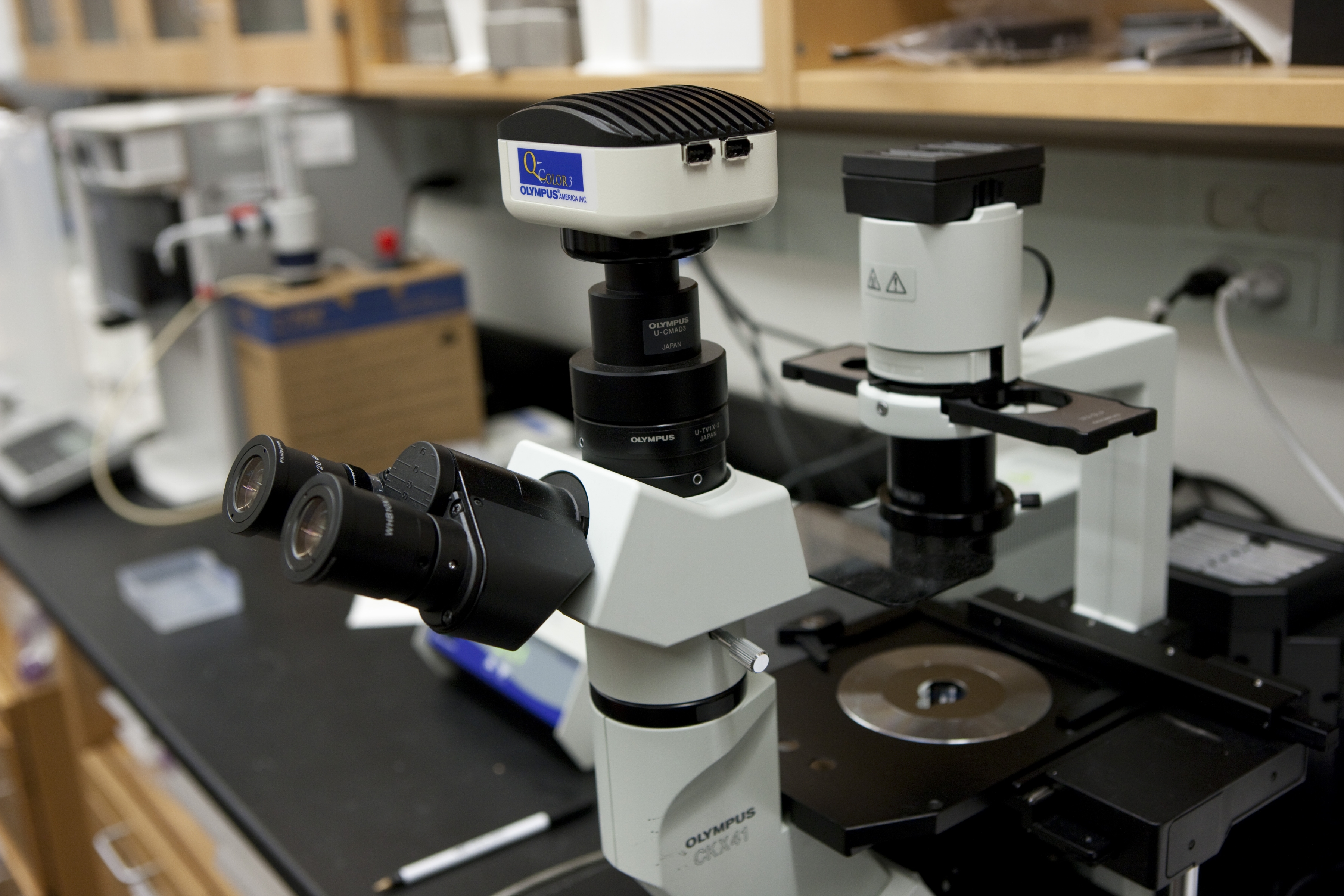Among the 15 strategies being developed by the University of Virginia to position itself as a national and global leader in higher education is a focus on further development of the research infrastructure and services that form the foundation upon which faculty and students pursue research, innovation, scholarship and the creative arts.
The strategic planning team and President Teresa A. Sullivan are working with administrators and faculty to develop a plan for optimizing the infrastructure and services needed to strengthen the University’s capacity for advancing knowledge and service to society.
“Research infrastructure is a platform from which our students take off to explore new frontiers, and it is critical to realizing our university mission,” said Vice President for Research Thomas C. Skalak after giving a presentation to U.Va.’s Board of Visitors during its September meeting.
Infrastructure, in and of itself, may seem uninteresting, but it is critical to the creativity of scholars, both faculty and students. Equipment, physical spaces, libraries, power supply, connectivity, software and visualization tools all fall under the category of infrastructure, but so do people and the support services they provide to scholars. Students need scholarships, researchers need seed funding to start promising studies, and all require help with proposal preparation and grant compliance.
“Infrastructure enables creative behaviors that define the future,” Skalak said. “It is the underpinning of our advances toward creative solutions to society’s biggest challenges.”
He said a goal of the University is to produce foundational scholarship in all fields – research and creativity that produces fundamental insights that may open entire new fields of inquiry.
“By providing a platform for our students in their learning environments – from scholarships, to design and research labs, art studios, cutting-edge software and more – we help our students absorb the habit of always being at the frontier,” Skalak said. “They learn to invent and re-invent. Through this they will create their own jobs, new businesses, and the innovations needed by economies and stable democracies worldwide. We owe it to our students to inculcate creative behavior.”
Skalak noted that major societal challenges require highly collaborative solutions spanning the traditional fields, and that partnerships with external entities, whether government or industry or nonprofit organizations, is becoming increasingly important.
Already the University is working with many partners on projects like the UVA Global Water Games, a multidisciplinary participatory simulation of the Chesapeake Bay and other major watersheds.
“Understanding complex socio-economic systems and problems requires collaboration across domains and organizational structures,” he said. “This in itself becomes a form of infrastructure, leading to other collaborations.”
The University also is committed to increasing experiential learning opportunities for its students, and that too is part of the new strategic plan, Skalak said.
“Experiential learning is not just done in labs; it is learning to do as professionals do, such as mentoring at the hand of a master, at an architectural event in Venice, or learning better marketing practices in China; it could be an engineer learning what tech businesses in Silicon Valley are doing to invent the next Facebook,” he said. “Providing those kinds of hands-on learning opportunities is an important part of our infrastructure and one we plan to continue to enhance.”
The University is working on many ways to improve infrastructure, Skalak said:
- Hiring interdisciplinary faculty who can forge partnerships across Grounds and externally to create and encourage projects that can lead to greater funding;
- Enhancing flexible, short-term proposal development by assigning teams of experienced grant-winners to individual researchers and teams of researchers for projects that could distinguish the University;
- Enhancing the processing of research grants after they have been awarded;
- Developing a “Makers Space in the Arts” as a studio-like place where artists and designers can “realize their physical visions”;
- Increasing seed funding to help kick-start promising early stage scholarship; Skalak noted that the University’s seed funding programs have produced a 7-to-1 return on investment through external funding;
- Boosting computational infrastructure, such as through the recent creation of the Big Data Institute, to help scholars in all fields achieve a high level of computational fluency. Skalak noted that the Visualization Lab, already in existence, helps scholars draw out new insights in a range of areas, from demographics to device modeling to weather imagery;
- Enhancing OpenGrounds spaces to provide greater opportunities for collaboration on Grounds and with external partners, such as Fortune 500 companies, government and non-governmental organizations. More than 1,000 students and more than 650 faculty and staff members have participated in Open Grounds activities in the first year, and companies such as Vonage and Hearst Business Media have sponsored Grounds-wide student challenges at OpenGrounds.
“OpenGrounds is a proven model for bringing people together across disciplines to address complex social challenges,” Skalak said. “It has opened the eyes of students and inspired them to think deeply about their personal relationship with the larger world.”
With these infrastructure enhancements and other activities and initiatives, the University hopes to “have built an environment that allows faculty and students to become their competitive, collaborative and creative best,” Skalak said.
The momentum is already building and will continue to do so as “we attract top talent from elite and emerging institutions, and those same institutions adopt our models, such as OpenGrounds. It will be evident when we work continually with top external partners, as we currently are doing with Vonage, Hearst Business Media, Rolls-Royce, the Nature Conservancy, the U.S. State Department, and governments.
“And it will be clear when we obtain greater funding for distinguishing research and scholarships in an array of fields, and as all of our students engage in the sorts of experiential learning opportunities that will help them create the businesses and jobs of the future, and shape their own good life.”
Media Contact
Article Information
October 1, 2013
/content/sullivan-envisions-enhancements-research-infrastructure-strategic-plan

